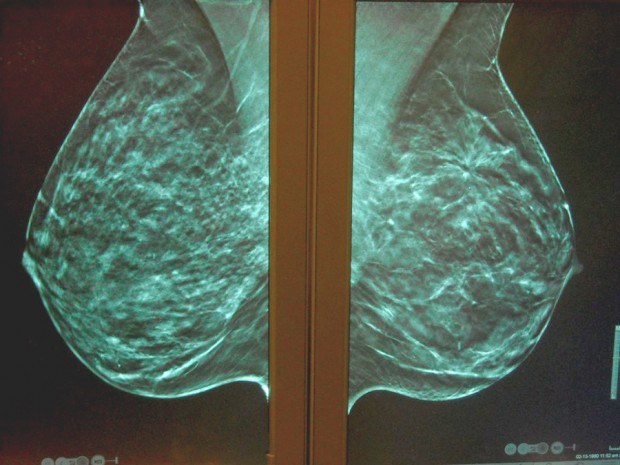LIHUE — The state Department of Health and the University of Hawaii Cancer Center reported that the rates of cancer on Kauai aren’t higher than throughout the rest of the state. The one exception, according to a joint report released
LIHUE — The state Department of Health and the University of Hawaii Cancer Center reported that the rates of cancer on Kauai aren’t higher than throughout the rest of the state.
The one exception, according to a joint report released Thursday, was the rate for skin melanoma, a cancer related to ultraviolet exposure.
The evaluation was conducted at the request of Kauai legislators and community members in response to concerns about the health impact of pesticides used by agricultural chemical companies, according to the DOH.
Although he had not yet had a chance to read the report, Rep. Jimmy Tokioka said Thursday that he, Sen. Ron Kouchi and Rep. Derek Kawakami were involved in the request.
“What was important for us to do was ask the question about whether there is a link,” he said.
The analysis found that cancers of the breast, endometrium, Hodgkin lymphoma, liver, ovary, prostate and thyroid were lower on Kauai compared to the entire state of Hawaii, according to the release.
Higher rates of melanoma on Kauai were found, especially on the North Shore, which may be explained by a larger proportion of older adults of Caucasian ancestry with high levels of lifetime sun exposure.
“The incidence of melanoma on Kauai was significantly elevated for the time period 2000-2004,” the report states.
Dr. Lee Evslin, a local pediatrician and retired CEO of Wilcox Memorial Hospital, pointed out that while the report compares the data to expected cancer rates, it does not show the actual number of cases or a breakdown by census tract.
He said a real effort must be made to collect the numbers by town or zip code.
“There is a perception that there is a Westside cluster of cancer, specifically involving Kekaha and Waimea, and we should refine the numbers so as to see if that is true or not,” he wrote in an email.
Evslin also described the timing of the report as “interesting.”
The release came just one day prior to today’s committee meeting on County Bill 2491 which, if passed, would require Kauai’s largest agricultural companies to disclose pesticide use and genetically modified organisms.
It would also create pesticide-free buffer zones around public areas and waterways and impose a moratorium on the expansion of GMO fields and open-air testing until the county competes an environmental impact study.
“We are still dealing with good scientific evidence that there is growing concern about the effect of low-level pesticide exposure on health, and even if this data does show conclusively that there is not a cluster of cancers on the Westside, the recommendations for buffers and right to know are still valid requests,” Evslin said.
As she did earlier this week in response to Gov. Neil Abercrombie’s announcement that the state would begin paying closer attention to the Kauai community’s concerns about pesticides, Alicia Maluafiti, executive director of the Hawaii Crop Improvement Association, applauded the release.
She described it as a “very important evaluation.”
“There have been many daunting statements in the media, on social media sites, in legislative testimony, and even by our politicians about spikes in cancer rates on Kauai,” she wrote in a statement. “We hope the findings … will help ease the fear caused by the perpetuation of misinformation.”
Maluafiti added the HCIA looks forward to moving toward a more positive discussion based on “scientific evidence rather than speculation.”
In its release, the DOH said cancer may be caused by a variety of factors acting alone or together, usually over a period of many years. Those risk factors include age, family history and exposures to viruses and bacteria, lifestyle choices, sunlight exposure and on-the-job exposure to chemicals.
“Cancer clusters are rare, especially those that are linked to environmental exposures,” DOH Toxicologist Dr. Barbara Brooks said in the release. “Doctors and scientists often cannot explain why one person develops cancer and another does not.”
Of the more than 12,000 cancer deaths in Hawaii between 2000 and 2005, it is estimated that nearly 30 percent could have been prevented by avoiding tobacco use and up to 35 percent could have been averted by improving nutrition and maintaining a normal body weight, states the release.
Geographic, economic and educational barriers and other social inequities influence lifestyle factors that increase a person’s chance of developing cancer.
“DOH, through its Foundations for Healthy Generations Initiative, is committed to addressing the social conditions and physical environments where people live, work and play in order to improve the health of all groups in Hawaii,” Health Director Loretta Fuddy said in the release.
The Hawaii Tumor Registry conducts cancer surveillance and maintains a confidential database of information on all reportable cases of cancer, benign brain tumors and many blood disorders diagnosed in Hawaii.
The Registry is jointly operated by the University of Hawaii Cancer Center and DOH.
The full evaluation report is available on the DOH website at www.health.hawaii.gov.
The Kauai County Council’s Economic Development (Agricultural) Committee resumes its discussion on Bill 2491 today at 9 a.m. in the Historic County Building.
• Chris D’Angelo, environmental reporter, can be reached at 245-0441 or cdangelo@thegardenisland.com.


